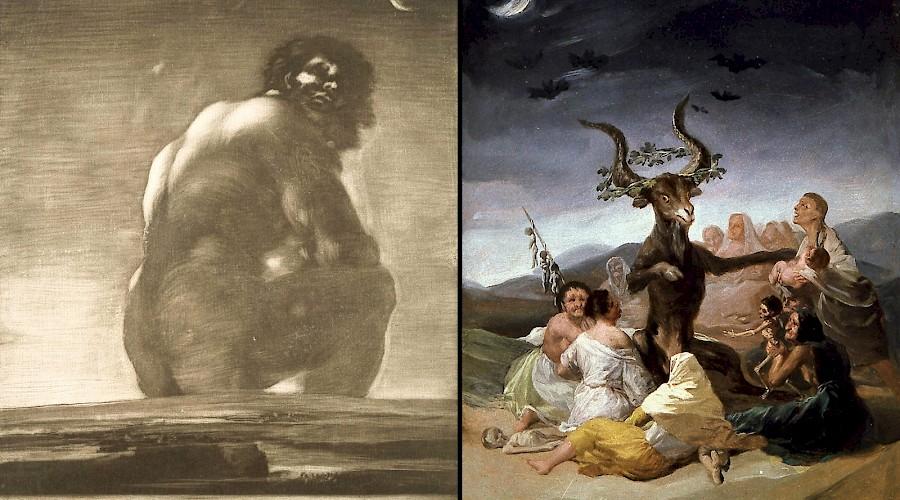Goya: Order and Disorder

The Museum of Fine Arts, Boston, presents a landmark exhibition dedicated to Spanish master Francisco Goya (1746–1828).
This fall, the Museum of Fine Arts, Boston (MFA) presents Goya: Order and Disorder, the largest retrospective of Francisco Goya (1746–1828) to take place in America in 25 years.
The exhibition features more than 160 paintings, prints and drawings, offering the rare opportunity to examine Goya’s powers of observation and invention across the full range of his work. The MFA welcomes many loans from Spain and throughout Europe, including 21 works from the Museo Nacional del Prado in Madrid, as well as key pieces from Fundación Lázaro Galdiano and Museo de la Real Academia de Bellas Artes de San Fernando, along with loans from the Musée du Louvre, the Galleria degli Uffizi and private collections.
Goya: Order and Disorder includes some 60 works from the MFA’s collection of Goya’s works on paper, one of the most important in the world.
As 18th-century culture gave way to the modern world, little escaped Goya’s penetrating gaze. Working with equal prowess in painting, drawing and printmaking, he was the portraitist of choice for the royal family as well as aristocrats, statesmen and intellectuals —counting many as acquaintances or friends. Living in a time of revolution and radical social and political transformations, Goya witnessed drastic shifts between “order” and “disorder,” from relative prosperity to wartime chaos, famine, crime and retribution. Among the works he created —some 1,800 oil paintings, frescoes, miniatures, etchings, lithographs and drawings— many are not easy to look at, or even to understand. With a keen sensitivity to human nature, Goya could portray the childhood innocence of Manuel Osorio Manrique de Zuñiga (about 1788, The Metropolitan Museum of Art, New York) —his most famous portrait of a child— or the deviance of the Witches’ Sabbath (1797–98, Fundación Lázaro Galdiano, Madrid).
The full arc of Goya’s creativity is on display in the exhibition, from the elegant full-length portraits of Spanish aristocrats that first brought the artist fame, to caustic drawings of beggars and grotesque witches, to his series of satirical etchings targeting ignorance and superstition, known as the Caprichos. Rather than a chronological arrangement, exhibition curators Stephanie Loeb Stepanek, Curator of Prints and Drawings, and Frederick Ilchman, Chair, Art of Europe and Mrs. Russell W. Baker Curator of Paintings, grouped the works in Goya: Order and Disorder, and its accompanying publication, into eight categories highlighting the significant themes that captured Goya’s attention and imagination. From tranquil to precarious, Goya’s art made the diversity of life, and the conflicting emotions of the human mind, comprehensible to the viewer —and to himself.
Lectures on “Goya” at The Museum Of Fine Arts
The Cinematic Goya by Marvin D’Lugo.
- On January 9 at 7 pm.
- This talk will explore the evolving presence of Goya and his works on Spanish movie screens from the 1920s to the contemporary period.
Before and After Goya: Spain and its Empire (1746-1828) by Tamar Herzog.
- On January 15 at 7 pm.
- By the time of his death in 1828, Goya lived through a series of events that had his country loose most of its territory and undergo many social, economic, political, and legal mutations. How important were these changes and how they affected the lives of individuals would be the subject of this talk, in which both order and disorder would be examined, discussed and detailed.